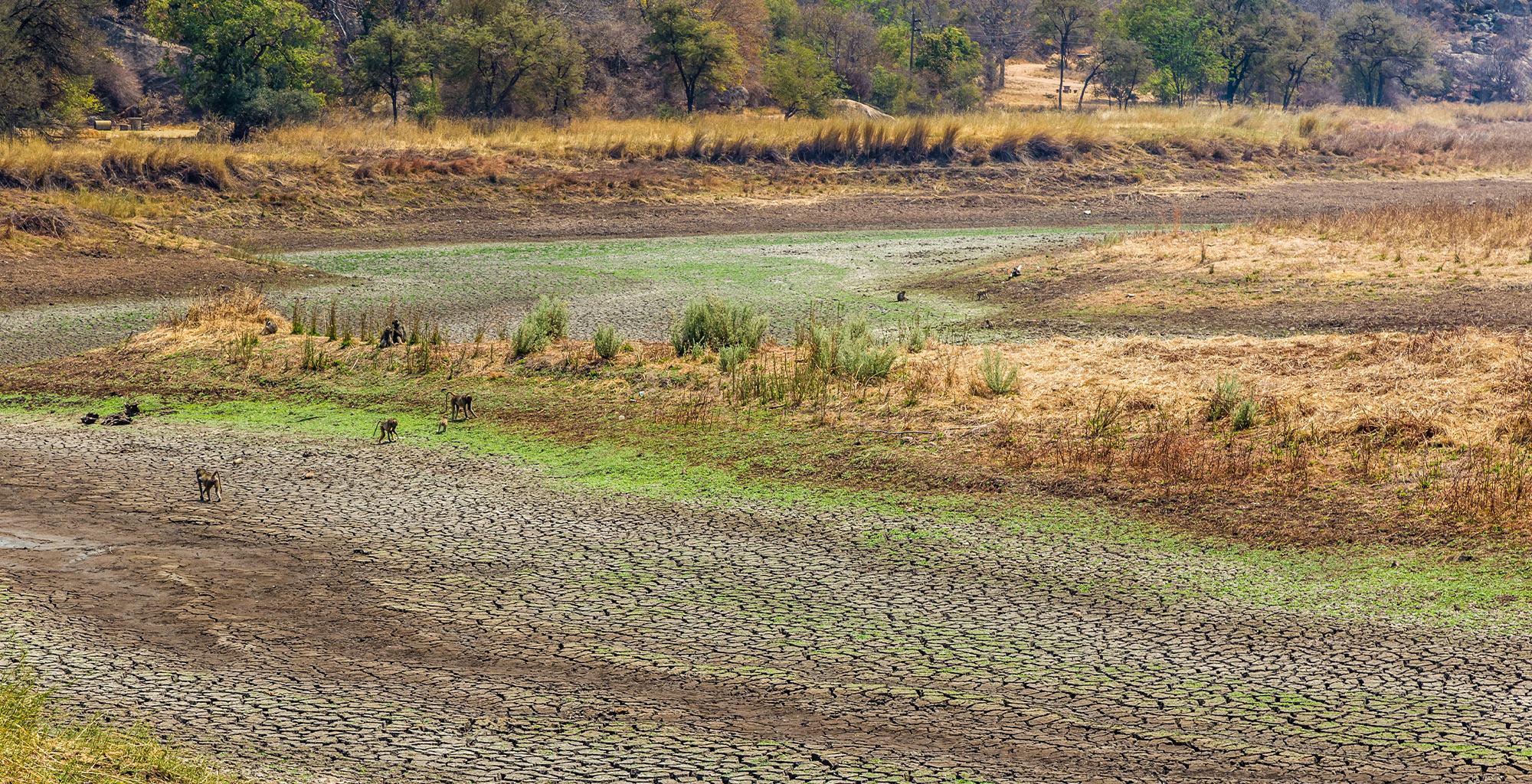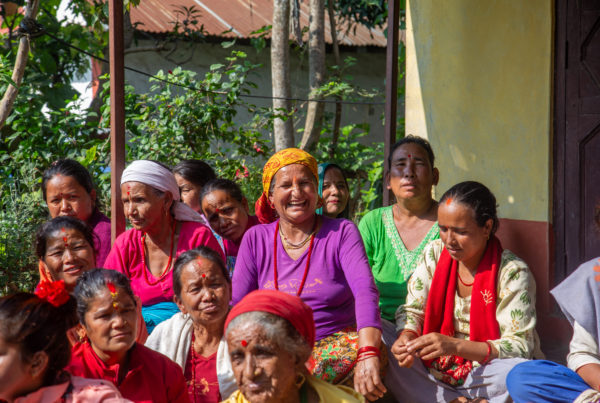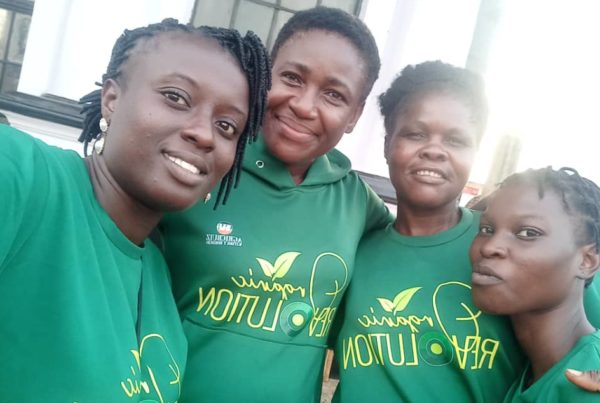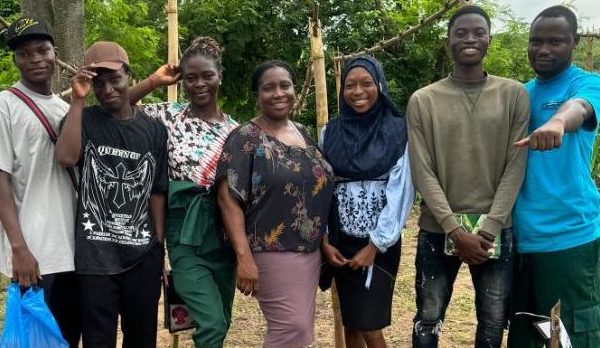This article was originally published as a report by AFSA.
Since 2010, over 500 families from the Shashe farms in the Runde catchment area of Zimbabwe have worked alongside ZIMSOFF (Zimbabwe Smallholder Organic Farmers Forum) and AZTREC (Association of Zimbabwe Traditional Environmental Conversationists) to revive arid cattle-ranching land into rich, abundant food forests.
At the beginning of the project, the farmland of Shashe (covering three villages) was suffering from soil degradation caused by poor livestock management. Cattle trampled land bare, making it susceptible to land erosion during the rainy seasons and without protection from the sun in the dry seasons.
Compounding the issue is the effects of climate change such as prolonged droughts, leaving the farms in chronic need of water management to feed crops and livestock.
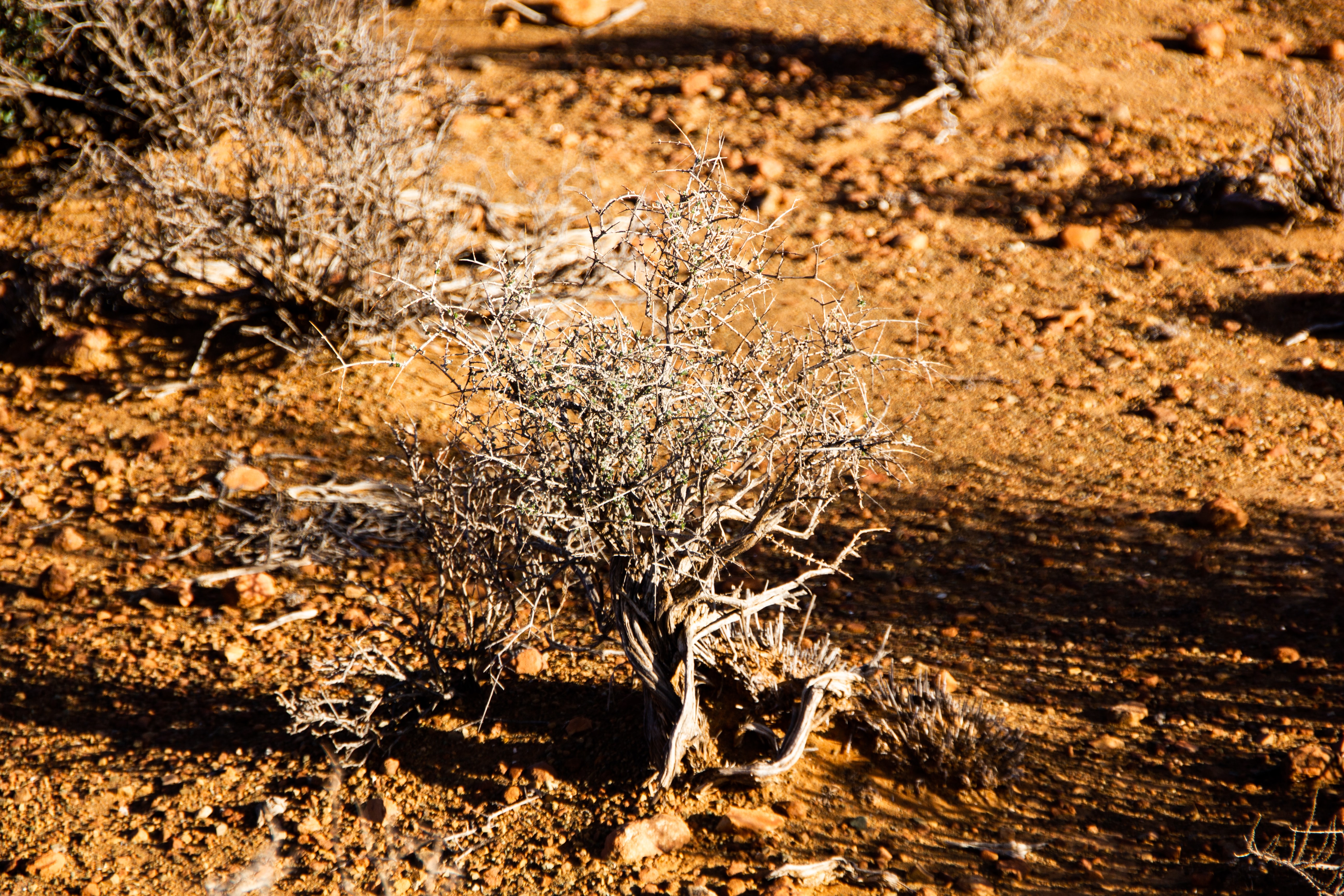
Prolonged droughts contributed to limited water supply for the soil, animals and people © Juanita Swart
Using methods based on research by ecologist Allan Savory, ZIMSOFF and AZTREC wanted to address how managing livestock in specific ways could make them an asset to the land rather than a burden. Herding cattle through the land rather than keeping them in the same location limits the damage and allows the animals to graze only the most nutritious parts of the plants, which provide them with a good source of energy and protein.
What’s left is trampled into the soil, which helps increase soil nutrients. Manure from livestock is also a cost-effective and unlimited source of biofertiliser. To boost the manure’s nitrogen content and kill weed seeds, families decompose the manure in a sealed pit for a whole season before applying it to their crops.
Mulches are reducing evaporation and germination of weeds on my crops, leaving more water for plant use. I am encouraged to practice mulching because it is helping me to achieve better results even during dry periods of the year.
Mr. A. Mutsenhure, a local farmer
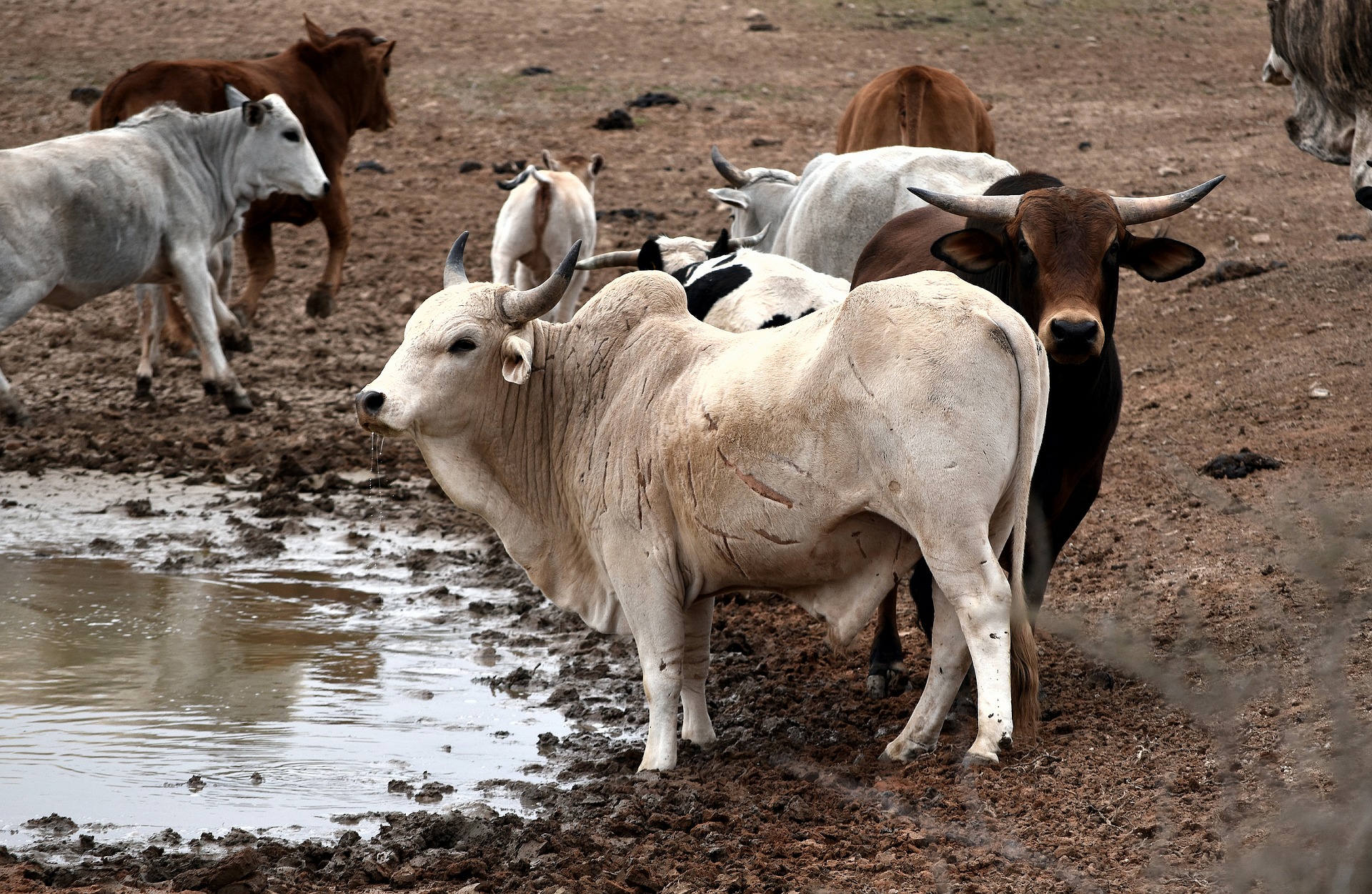
Rotational cattle grazing allows for land to recover and reduce the risks associated with over-grazing © Peter Holmes
Managing the soil as a living soul
Robust and nutrient-rich soil is vital to a healthy ecosystem. Adequate soil cover serves many functions, such as preventing wind and water erosion, building soil structure, and managing water resources.
One of the initiative’s priorities was to reduce regular tillage as this process breaks down soil aggregation, reducing its ability to protect itself. By prioritising soil protection and enriching it with locally available organic materials, the project’s families noticed considerable growth of micro-organisms in the soil.
Fertile soil cannot function without adequate water, and water management is the core focus of the project. Insufficient soil moisture can result in low yields, so managing water is critical to vibrant food forests and healthy soil throughout the year, including the dry seasons.
”What water means to the soil’s life is what blood means to a person’s life. We don’t allow water to just run through our fields; we keep every drop of water. We harvest rainwater which flows from the road and, as it rains, into the contours that we have built.
Mrs E. MavedzengeA local farmer
Techniques include up-land and down-land water conservation. Up-land refers to constructing stone walls and building terraces to hold back running water during the rainy season. Down-land involves digging contours and dams to catch the water.
These methods allow the soil to become soaked with groundwater; intercropping and fruit tree integration is then used to protect the earth from direct sunlight reducing evaporation. Excess water is dammed and contained to last through the dry seasons, allowing crops in the field and vegetables in the gardens to mature all year around. Over time, farmers observed that water-loving plants were emerging from the soil without being cultivated.
Proof that a vast, dormant variety of indigenous crops were already in the ground, just waiting for the right conditions to germinate. Other farmers had such success with harvesting water that they could begin growing rice in adjacent fields. A whole world of possibilities was opening up due to sustainable land management changes.
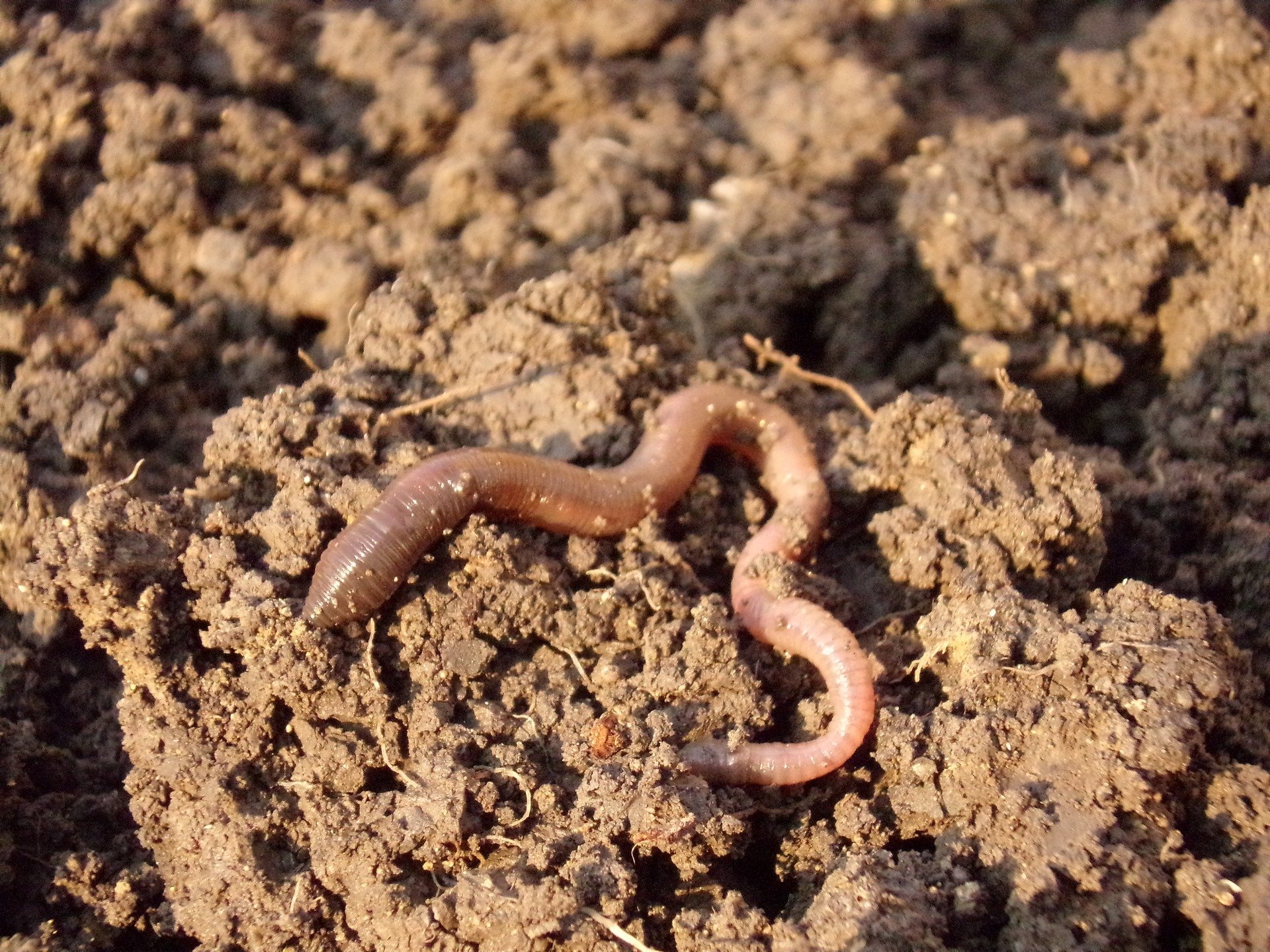
Healthy soils not only harbour earthworms and arthropods, they also host microorganisms such as bacteria and fungi © Natfot
This is a farming initiative that was previously not possible in this area because of infrequent rainfall. Now local solutions have found the answer by simply seeing a threat as an opportunity.
Mrs. L. Nago, a local farmer
Agroecology fosters shared decision making
Women in the community still struggle with gaining influence, but the project is determined to promote and maintain shared decision-making. The aim is to break down patriarchal cultural norms that confine women to domestic roles. Through the assistance of local women’s organizations, women farmers are gradually gaining the authority to organise and invest in their family farms.
By mobilising some of its most undervalued workforce and advancing gender equality, agroecology is creating greater community resilience. Further, sustainable land management has encouraged the farmers of Shashe to get creative and to see “a threat as an opportunity”. To lift their community out of poverty by protecting and nurturing their greatest assets: their soil and their water.
Agroecology is all about supporting farmers to be creative in their own situation, rather than being lackeys in an industrial food chain. Agroecology is always creative. It cannot be otherwise. Without this creativity, it can’t move forward.


